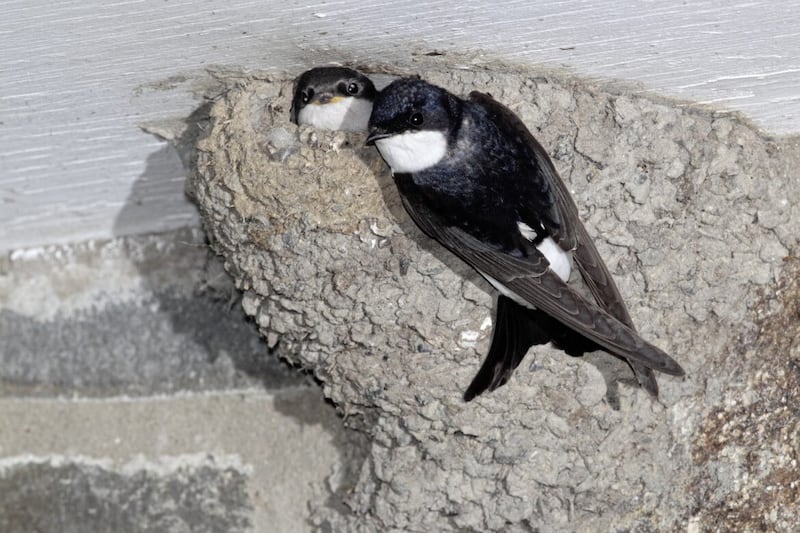IT was an ash tree in the forest that I planted that brought home a truth to me that is so blindingly obvious that I feel stupid for not realising it before.
The forest I have planted over the past 10 years it is not a particularly big, 200 trees on a quarter acre of neglected farmland, but it is something I am extremely proud of as I watched the bare-root saplings that were no taller than my knee grow into young trees.
None have reached their full maturity yet, that will be at least another decade for most of them, another 30 years for the oak.
But there is a robust sturdiness to them all, the alder towering high above the rest, the trunks of the oaks, Scots pine and beach thickening. The mountain ash and silver birch are still gangly and filling out.
The lone yew is a centre point around which the others are gathered and the pathways that I try to keep clear all loop round towards it.
In amongst these I spotted during the summer an ash which I didn't plant. At first I thought it must have been mistakenly placed among one of the batches of saplings that I had bought.
But then something dawned. I didn't plant it. The boundaries of the former field which is now my field is surrounded by mature ash which have probably been there for more than a century.
No need for do-gooder humans to get involved, the ash and all the other trees in the land around my forest are quite capable of getting on with propagating themselves.
The barriers to that are human activity, intensive farming, overgrazing, use of pesticides and other disruptions that don't give the seeds and saplings a chance to establish themselves.
If a field or piece of wasteland was given enough time it would rewild, the seeds that are hibernating in the soil would take root, others from nearby trees and shrubs would embed themselves and sprout, some of them carried in the berries and acorns eaten by birds and mammals and deposited in their manure which gives them their first nourishment.
This is not to belittle the efforts of those who have planted forests or even a single tree. Humans have stripped bare the native forests that once stretched from the coast of Cork to Antrim and covered the entire island.
Ireland north and south is one of the most deforested areas in Europe and any effort to re-establish woodlands is welcome.
But too often our efforts, usually with the best intentions, have been cack-handed. Around half the trees that have been planted in Ireland in recent decades are sitka spruce, which are native to America but not Ireland.
While they are fast-growing and absorb carbon dioxide they do not provide a conducive environment for other species - walk through a sitka forest and they are dank and dark with hardly a bird sound to be heard.
In my mostly native forest, smaller species of birds are already nesting and I have seen signs of fox and badger activity, mushrooms are everywhere and in hot days during the summer it was buzzing with insects.
While a helping hand to re-establish our native forests is not a bad thing there is a growing movement pushing for allowing land to find, or refind, its own natural equilibrium.
Leave some hilly land alone for a few years and the shrubs and trees that are best suited to that landscape will re-establish themselves. They will be different from what will re-establish in lower lying boggier ground but that is nature finding its own way, using its innate knowledge that will allow our once rich biodiversity to flourish again.







